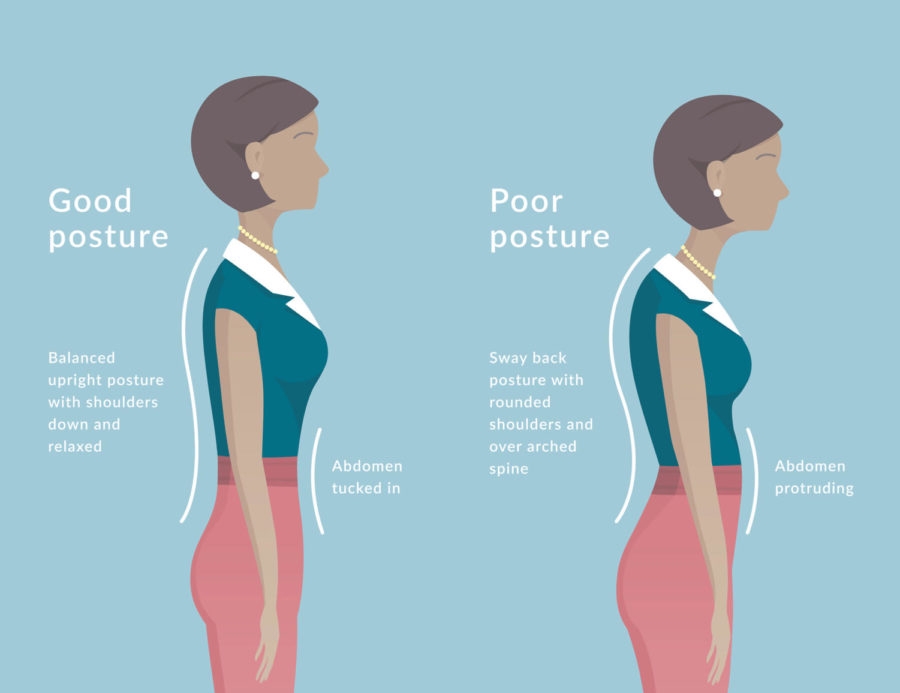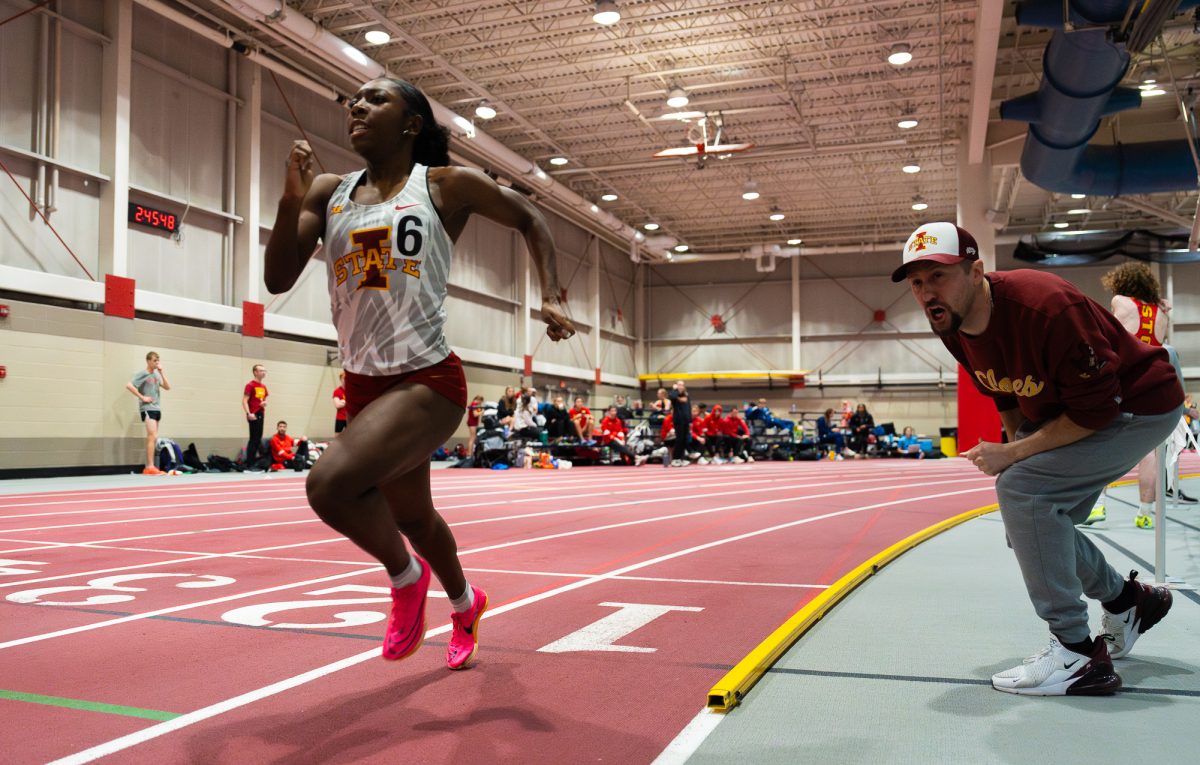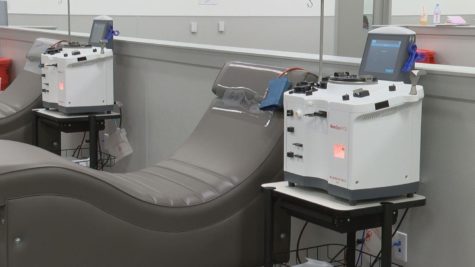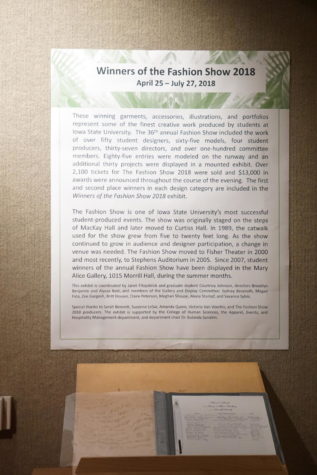Posture effects on students
Many people ignore the key aspects and importance of good posture, which can prevent health problems later in life.
December 14, 2015
Slouching over computers, slinging heavy backpacks over one shoulder and squeezing into those too-small classroom desks are posture-ruining actions that many students perform daily.
Tim Derrick, professor of kinesiology, said posture plays an important role in keeping the human body aligned and free of pain.
While most people are aware of the importance of good posture, many still continue with the bad habits that could lead to serious health problems and discomfort such as back and neck pain, headaches and even more serious issues such as slipped disks in the spine or stretched ligaments.
Correct posture is also more aesthetically attractive and can help students present themselves more professionally in situations such as job interviews and class presentations.
By learning the different elements of posture and knowing how to implement daily changes to ensure correct posture, students can help lessen everyday back pain and improve the overall health and appearance of their bodies.
Most people think of posture as simply sitting up or standing straight — which is included — but it actually involves a variety of different body parts as well. Feet, legs, arms, back, neck and head position all play an important role in posture.
When individuals maintain bad posture for a prolonged period of time, they will start to notice physical effects. Derrick said one of the first symptoms people feel from prolonged incorrect posture is fatigue, which can be followed by more serious and more painful symptoms.
There are a few steps students can take to fix posture in their everyday routine. These steps can improve posture both while sitting and standing.
Sitting up straight is important to ensure correct posture.
“[It] will have the effect of actually putting a slight curve into your spine — into the lower back region — and that curve in your spine is a good thing,” Derrick said.
That lumbar curve decreases the muscle activity in your lower back. When the curve is eliminated by slouching, the back relies more on the muscles in the lower back. When these muscles get tired, the ligaments in the back take over and can become overstretched. That leads to a variety of back and neck problems.
“Placing a small, rolled up jacket or towel behind your lower back when possible will assist even further in maintaining the natural curve in the spine,” Derrick said.
In addition to sitting up straight, individuals must also make sure their feet are placed flat on the floor with their legs uncrossed and their ankles slightly in front of their knees, according to the American Chiropractic Association.
Derrick also pointed out the importance of these actions, and he added that arms should be down by your side with the weight of the arms right below the shoulder. This is an action performed often while typing on a computer or writing. When arms are outstretched, instead of down straight, more muscles are forced to contract for longer periods of time. The head should be looking straight ahead instead of at a downward angle as well.
This last step is tricky when using laptop computers, however.
“Laptops are especially bad for posture when used for an extended period of time,” Derrick said.
Using a desktop computer when possible or getting a keyboard that plugs into your laptop to allow for the separation of the screen and the keyboard are typically better options.
When standing, evenly distributing weight is a major factor in correct posture. Placing backpack straps on both shoulders and carrying some of your books in the arms to disperse the weight will help lessen the strain caused by the weight of computers and books in backpacks.
The American Chiropractic Association also states that bearing weight primarily on the balls of the feet and standing straight with shoulders back, stomach tucked in, knees slightly bent and feet shoulder-width apart all help ensure proper posture while standing.
Correct posture is hard to maintain for students. Unadjustable desks, heavy backpacks and extended amounts of computer usage are all obstacles many students face regularly. By implementing small changes and making a regular habit of paying attention to posture, students can lessen discomfort and ensure better spinal alignment for years to come.

















